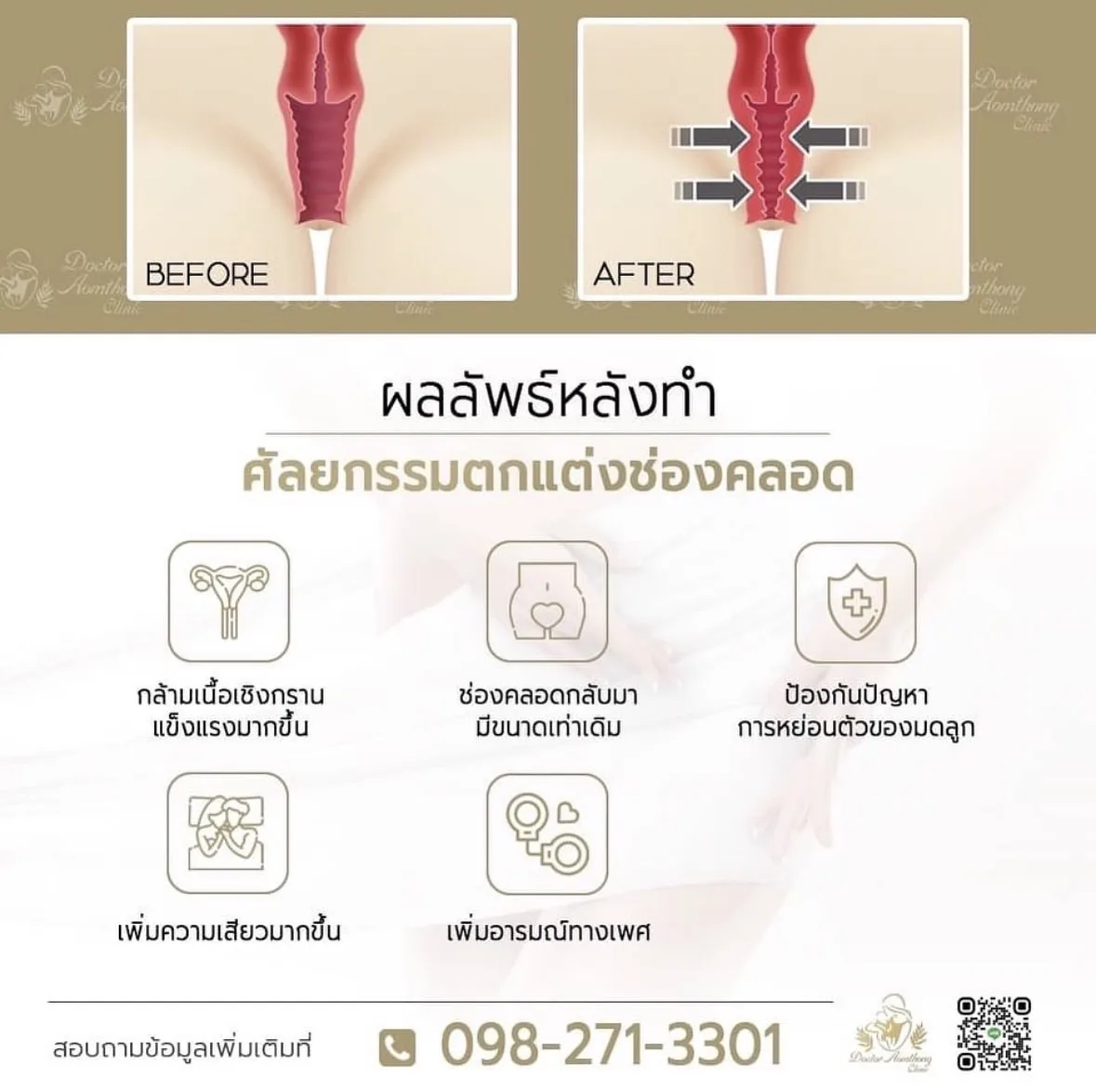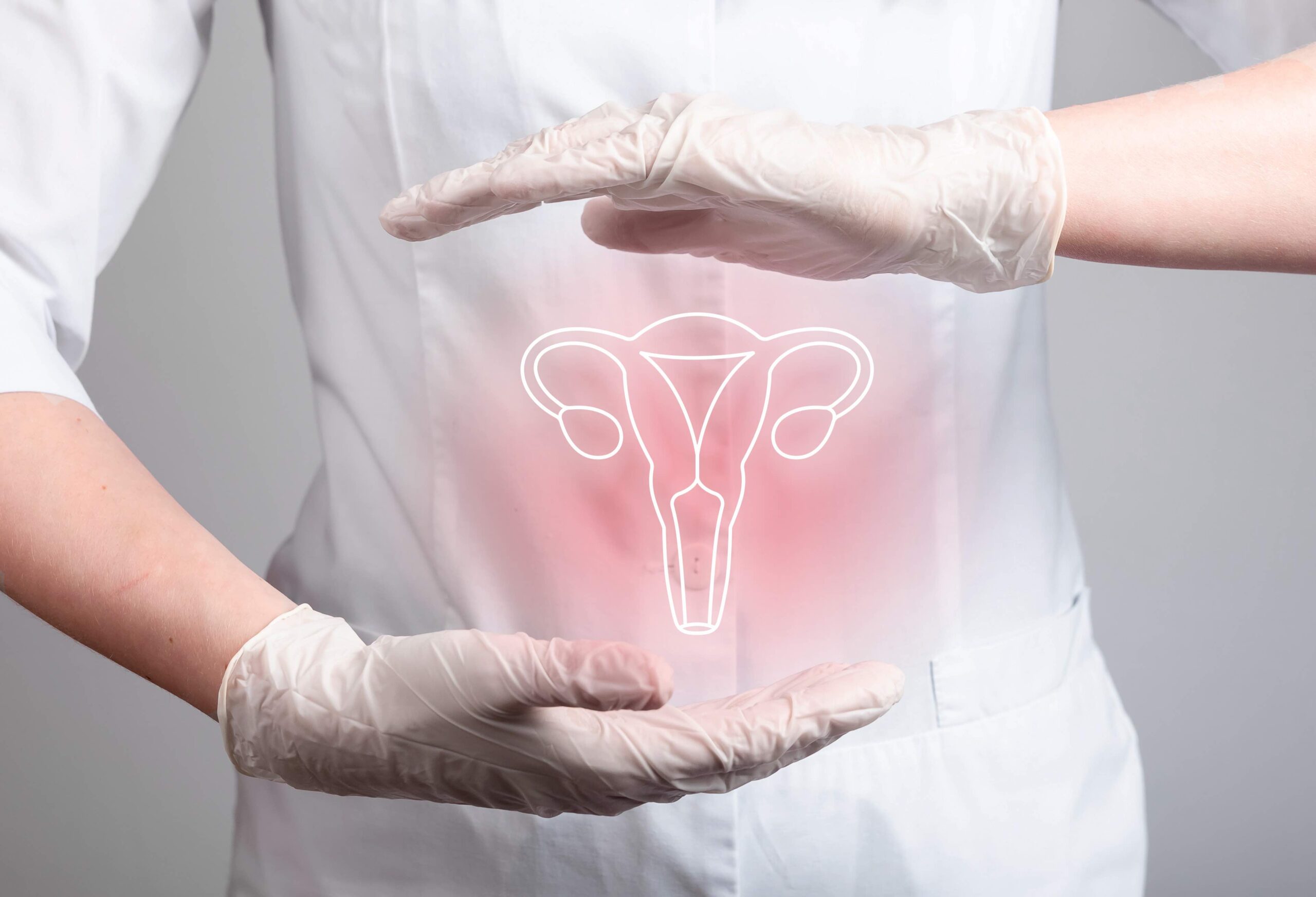Repair surgery is becoming increasingly popular today, but it should be chosen appropriately for each individual’s problems, and there are many surgical techniques to understand
- Perineoplasty: This is the re-stitching of the perineum and strengthening the muscles around the entrance but not stitching deeply along the vaginal canal. The result is a firmer and tighter entrance but the inside remains cavernous as before.
- Vaginoplasty: This repairs the slackened posterior vaginal wall to make it tight again but does not repair deep into the pelvic floor muscles. It only stitches the upper collagen layer of the vagina, which means the tightness doesn’t last long, at most 1-2 years.
- Posterior repair: This is the repair of the posterior vaginal wall that is adjacent to the rectum, reaching the tendon layer that supports the pelvic muscles, which helps prevent or reduce symptoms of a prolapsed rectum (rectocele) into the vagina. The tightness from this procedure lasts a minimum of 2-5 years.
- AP repair: This involves stitching both the anterior and posterior vaginal walls to correct a prolapsed uterus and a bladder that has prolapsed into the vagina. It takes the longest surgery time and involves the most stitching to push the pelvic organs back up. The results of the tightness last at least 5 years or more.

If you’re considering repair surgery, make sure to thoroughly research beforehand.
This is because multiple surgeries can have downsides due to the scar tissue becoming increasingly tough, making the vaginal skin tough and rough, and thinner from being cut out multiple times. It’s not recommended to repeatedly undergo surgery in the same area many times and should ideally be done once after natural childbirth.


